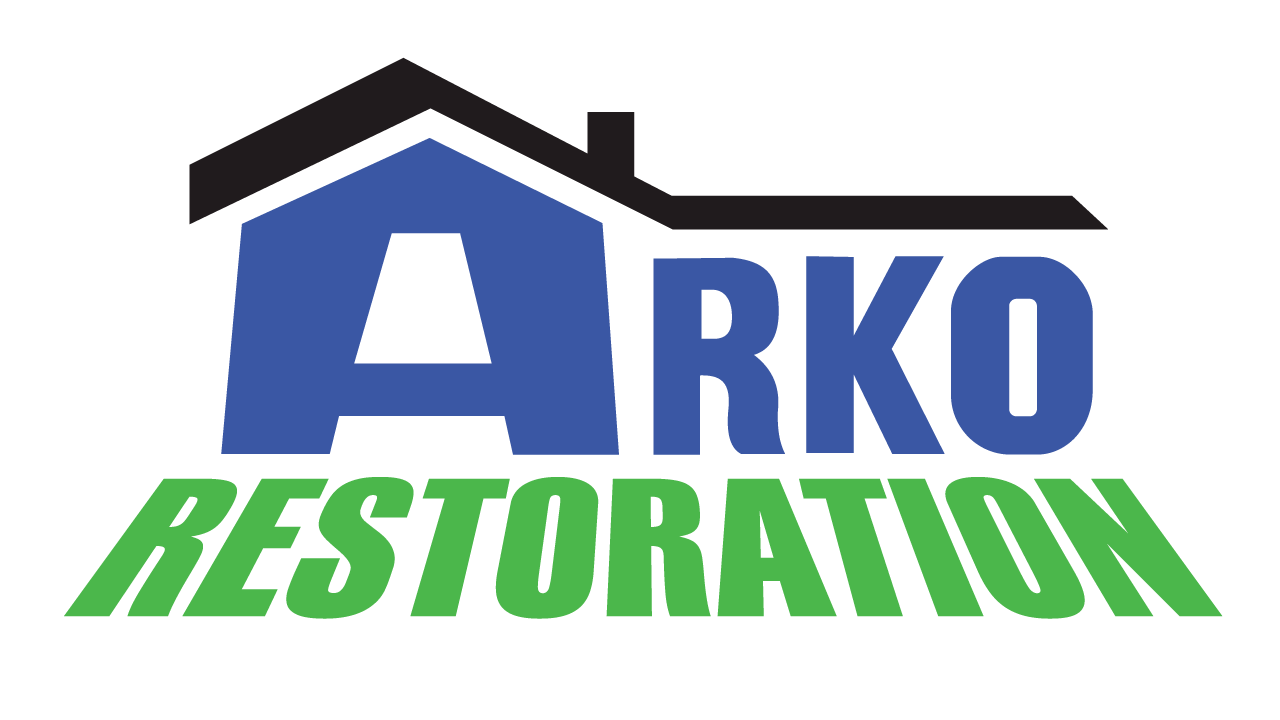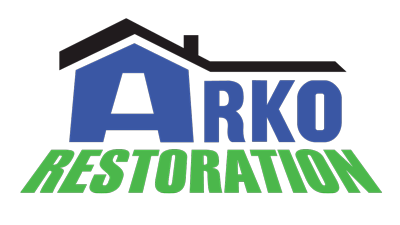Water damage can strike unexpectedly, wreaking havoc on homes and businesses alike. But fear not – when disaster strikes, swift and effective action can make all the difference. In this expert guide, we delve into the intricate process of water damage restoration drying, sharing invaluable tips and insights from industry professionals. From understanding the science behind drying to implementing proven techniques and state-of-the-art equipment, we’ve got you covered. Whether you’re facing the aftermath of a burst pipe, flooding, or a leaky roof, join us as we navigate the path to restoring your property to its pre-damage condition, one drying step at a time.
1. Assessment and Inspection:
- Identify Source of Water: Determine the source of the water damage, whether it’s from a burst pipe, flooding, roof leak, or other sources.
- Assess Extent of Damage: Evaluate the extent of the water damage by inspecting affected areas, including walls, floors, ceilings, and structural components.
- Document Damage: Take photographs and make notes to document the damage for insurance purposes and to track the restoration process.
2. Safety Precautions:
- Turn Off Power: If safe to do so, turn off electricity to the affected areas to reduce the risk of electrical hazards.
- Wear Protective Gear: Wear protective gear such as rubber gloves, boots, and safety goggles when dealing with contaminated water to prevent exposure to harmful bacteria and pathogens.
- Ensure Proper Ventilation: Open windows and doors to promote airflow and ventilation during the drying process, and use fans and dehumidifiers as needed.
3. Water Extraction:
- Remove Standing Water: Use pumps, wet vacuums, and other extraction equipment to remove standing water from affected areas quickly and efficiently.
- Extract Water from Carpets and Upholstery: Extract water from carpets, rugs, and upholstery using specialized extraction tools to prevent mold and mildew growth.
- Dispose of Contaminated Water Properly: Dispose of contaminated water in accordance with local regulations and environmental guidelines to prevent pollution and health risks.
4. Moisture Detection and Monitoring:
- Use Moisture Meters: Use moisture meters to detect and measure moisture levels in building materials such as drywall, wood, and insulation.
- Monitor Progress: Regularly monitor moisture levels throughout the drying process to track progress and adjust drying equipment as needed.
- Ensure Thorough Drying: Continue drying until moisture levels are within acceptable ranges to prevent mold growth and structural damage.
5. Structural Drying:
- Remove Damaged Materials: Remove damaged materials such as wet drywall, insulation, and flooring to allow for thorough drying of structural components.
- Air Circulation: Promote air circulation by using fans and air movers to facilitate evaporation and drying of remaining moisture.
- Address Hidden Moisture: Pay special attention to hidden areas such as wall cavities and subflooring, using specialized drying techniques as needed to ensure thorough drying.
6. Dehumidification:
- Reduce Humidity Levels: Use dehumidifiers to reduce humidity levels in the air and accelerate the drying process, particularly in enclosed or poorly ventilated spaces.
- Optimize Placement: Position dehumidifiers strategically to target areas with high humidity levels and maximize drying efficiency.
- Monitor Humidity Levels: Regularly monitor humidity levels and adjust dehumidifiers as needed to maintain optimal drying conditions.
7. Heat Drying Techniques:
- Use Heat Sources: Utilize heat sources such as heaters or heat drying systems to increase air temperature and promote faster evaporation.
- Controlled Application: Apply heat drying techniques carefully and cautiously to avoid overheating or damaging building materials.
- Monitor Temperature: Monitor temperature levels closely to ensure safe and effective heat drying without causing additional damage.
8. Anti-Microbial Treatment:
- Apply Anti-Microbial Solutions: Apply anti-microbial treatments to affected surfaces to inhibit mold and bacterial growth and prevent future contamination.
- Use EPA-Approved Products: Use EPA-approved anti-microbial products that are safe and effective for use in water damage restoration applications.
- Follow Manufacturer Guidelines: Follow manufacturer guidelines for proper application and dilution of anti-microbial solutions to achieve optimal results.
9. Structural Repairs and Restoration:
- Assess Structural Damage: Assess the extent of structural damage and make necessary repairs to restore the integrity and stability of the building.
- Replace Damaged Materials: Replace damaged building materials such as drywall, insulation, and flooring with new, undamaged materials.
- Ensure Proper Ventilation: Ensure proper ventilation and airflow in restored areas to prevent future moisture problems and maintain indoor air quality.
10. Final Inspection and Documentation:
- Inspect Completed Work: Conduct a final inspection of the drying and restoration work to ensure that all areas are thoroughly dried and restored to pre-damage conditions.
- Document Restoration Process: Document the restoration process, including before-and-after photos, repair invoices, and any other relevant documentation for insurance claims and records.
- Provide Customer Satisfaction: Ensure customer satisfaction by addressing any concerns or issues promptly and providing follow-up support as needed.
By following these expert tips and techniques for water damage restoration drying, homeowners and restoration professionals can effectively mitigate water damage, prevent mold growth, and restore properties to their original condition with confidence.
Conclusion:
In conclusion, thewater damage restoration drying process is a critical step in mitigating the effects of water damage and restoring affected properties to their pre-damage condition. By following expert tips and techniques, homeowners and restoration professionals can effectively remove moisture, prevent mold growth, and ensure the structural integrity and safety of the building.
From assessing the extent of damage to implementing advanced drying techniques and conducting thorough inspections, each step of the damage restoration process plays a crucial role in achieving successful outcomes. Safety precautions, proper equipment, and adherence to industry best practices are paramount to the success of the restoration effort.
Ultimately, timely and effective water damage restoration drying not only minimizes the risk of further damage but also provides peace of mind for homeowners and occupants. By addressing water damage promptly and thoroughly, properties can be restored to a safe, healthy, and habitable condition, allowing occupants to return to normalcy with confidence.


